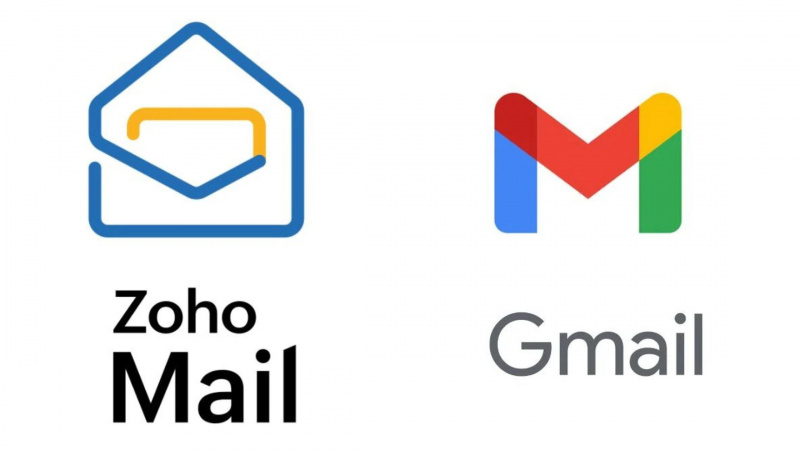Fed launches long-awaited instant payments service, modernizing system
The service will compete with private sector real-time payment systems, including The Clearing House's RTP network, and major banks initially opposed it, saying
- by B2B Desk 2023-07-21 06:26:47
The US Federal Reserve has launched a long-awaited service aimed at modernizing the country's payment system by eventually allowing Americans to send and receive funds in seconds, 24/7, seven days a week, the central bank announced on Thursday.
FedNow, which has been in operation since 2019, will seek to eliminate the several-day lag that typically take several days to clear cash transfers, bringing the US in line with countries like the UK, India, Brazil and the European Union, where similar services have existed for years.
FedNow is launching with 41 banks and 15 service providers approved to use the service, including community banks and large lenders like JPMorgan Chase, Bank of New York Mellon and US Bancorp, but the Fed plans to add more banks and credit unions this year.
The Fed said in a statement on Thursday that 35 banks and credit unions are currently using the service, as well as the Treasury Department's Bureau of Fiscal Service.
The service will compete with private sector real-time payment systems, including The Clearing House's RTP network, and major banks initially opposed it, saying it was redundant. But since then many have agreed to participate on the understanding that FedNow will allow them to expand the services they can offer customers.
“For us, FedNow is really a great way to expand reach,” said Anu Somani, head of Global Payable and embedded payments at U.S. Bank.
Unlike peer-to-peer payment services like Venmo or PayPal, which act as intermediaries between banks, payments made through FedNow will settle directly into central bank accounts.
The Fed also operates a real-time payments system called FedWire, but that's reserved for large-scale payments, mostly corporate payments, and only works during business hours. Analysts say that while the new FedNow system works for everyone, it is likely to benefit consumers and small businesses the most.
“We want our clients to take advantage of these capabilities and we want that to be a competitive edge for us,” said Carl Slabecki, global co-head of payments at BNY Mellon's Treasury Services.
Smaller banks, often connected to FedWire through larger lenders, encouraged the Fed to develop FedNow, arguing that it would allow them access to real-time payments without having to pay larger competitors for the service.
“Having the Fed in the space makes our members feel more comfortable meeting their needs, and that they will be treated fairly in terms of rates,” said Lance Noggle, senior vice president of operations and chief regulatory advisor at the Independent Community Bankers of America, a trade group.

FedNow will not charge consumers, although it's unclear whether or not participating banks will pass on costs associated with the service.
Democratic Senator Chris Van Hollen, who has urged the Federal Reserve to develop a real-time payment system, said in a statement that the launch of FedNow is "good news for American consumers and our economy."
"Launching FedNow will help connect Americans to their money, when they need it, right away, in real time, saving consumers billions of dollars annually," he said.
Some market participants have raised concerns that FedNow could super-charge potential bank management by facilitating quick exits from financial institutions, a fear that was amplified after the failure of a Silicon Valley bank earlier this year.
But Fed officials have downplayed these concerns, arguing that banks have tools available to mitigate the wave of outflows.
Initially, FedNow will have a maximum payout limit of USD 500,000, but banks can choose to lower that cap if needed.

POPULAR POSTS
The Agentic Revolution: Why Salesforce Is Betting Its Future on AI Agents
by Shan, 2025-11-05 10:29:23
OpenAI Offers ChatGPT Go Free in India: What’s Behind This Big AI Giveaway?
by Shan, 2025-10-28 12:19:11
Zoho Products: Complete List, Launch Years, and What Each One Does
by Shan, 2025-10-13 12:11:43
Arattai vs WhatsApp: Which Messaging App Should You Choose in 2025?
by Shan, 2025-10-10 11:55:06
Top Buy Now Pay Later (BNPL) Apps for Easy Shopping in 2025
by Shan, 2025-09-22 10:56:23
iPhone 17 Sale in India Begins: Full Price List, Launch Offers and Store Availability
by Shan, 2025-09-19 12:00:45
Apple September 2025 Event Recap: iPhone 17, iPhone Air, Apple Watch Series 11, and India Pricing Revealed
by Shan, 2025-09-10 09:55:45
RECENTLY PUBLISHED

Loan EMIs to Drop as RBI Slashes Repo Rate - Full MPC December 2025 Highlights
- by Shan, 2025-12-05 11:49:44

Pine Labs IPO 2025: Listing Date, Grey Market Premium, and Expert Outlook
- by Shan, 2025-11-05 09:57:07

Top 10 Insurance Companies in India 2026: Life, Health, and General Insurance Leaders Explained
- by Shan, 2025-10-30 10:06:42

Best Silver Investment Platforms for 2025: From CFDs to Digital Vaults Explained
- by Shan, 2025-10-23 12:22:46

Zoho Mail vs Gmail (2025): Which Email Platform Is Best for Businesses, Startups, and Students?
- by Shan, 2025-10-09 12:17:26

PM Modi Launches GST Bachat Utsav: Lower Taxes, More Savings for Every Indian Household
- by Shan, 2025-09-24 12:20:59




 Subscribe now
Subscribe now 